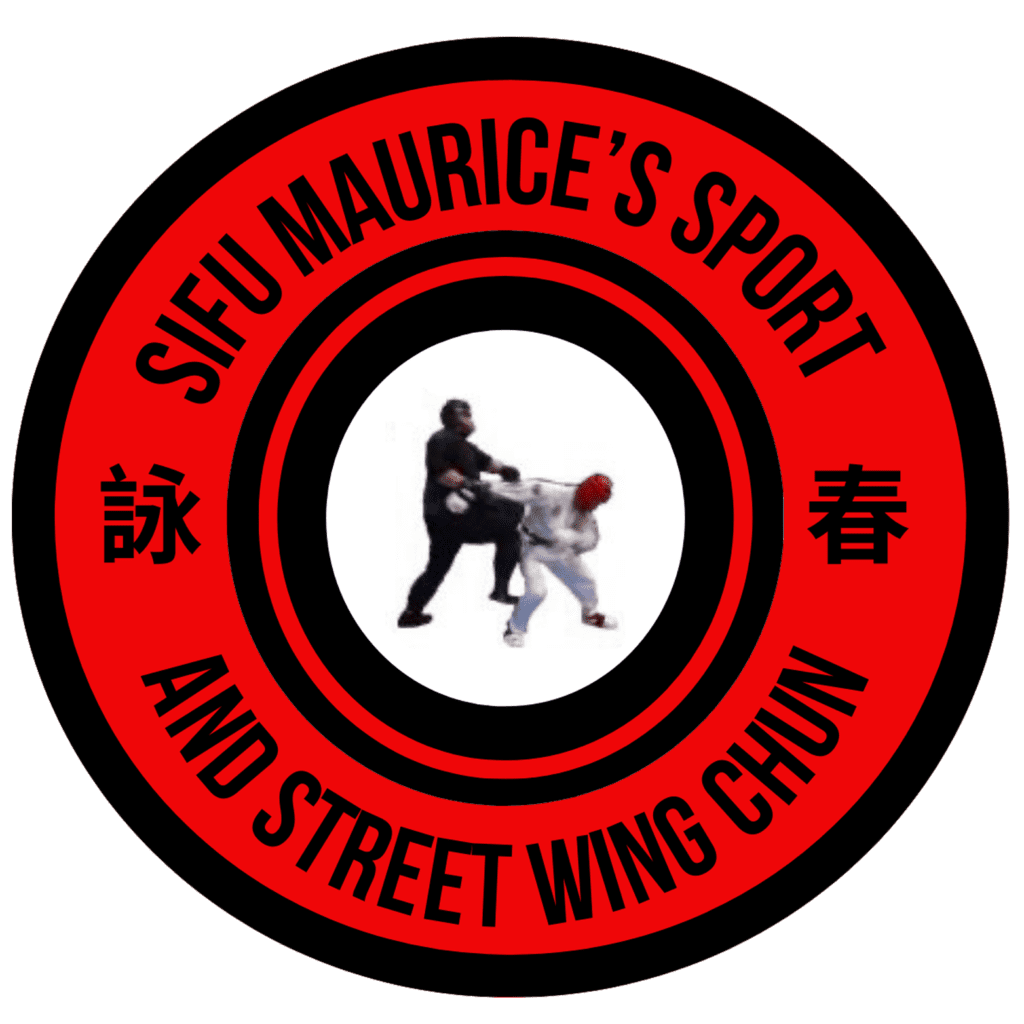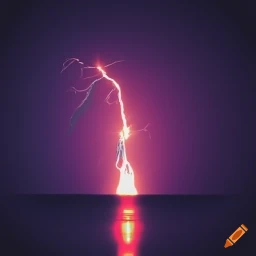Energy in Wing Chun Kung Fu: Harnessing Your Body’s Power for Effective Techniques
By Maurice Novoa a master under the Yuen Kay Shan, Ip Man and Pan Nam lineages.
Introduction:
Energy plays a crucial role in the effectiveness of techniques in Wing Chun Kung Fu. By understanding and harnessing the power of energy, practitioners can generate and transfer force efficiently, enhancing the impact of their techniques. In this article, we will explore the concept of energy in Wing Chun and discuss methods for generating, utilizing, and applying energy in combat.
Understanding Energy in Wing Chun
The Concept of Energy
In Wing Chun, energy, or “force,” is seen as a vital element in martial arts. It refers to the power generated through proper body mechanics, structure, and the coordination of movement. The understanding and manipulation of energy allow practitioners to maximize the effectiveness of their techniques.
Different Types of Energy
There are different types of energy emphasized in Wing Chun:
- Kinetic Energy: The energy generated through the movement of the body and limbs.
- Potential Energy: The stored energy within the body that can be released explosively.
- Internal Energy: The cultivation and utilization of energy through internal practices such as breathing techniques and mental focus.
Generating Energy through Structure
Proper alignment and structure are fundamental in generating and channeling energy effectively. Here are two key aspects of generating energy through structure:
Proper Alignment and Structure
Maintaining proper alignment of the body, including the spine, shoulders, and hips, ensures that energy can flow smoothly throughout the movements. It allows for the efficient transfer of force from the ground to the target, maximizing the power and effectiveness of techniques.
Centerline Theory
Centerline theory is a fundamental concept in Wing Chun. It emphasizes the efficient use of the body’s centerline, which is an imaginary line running vertically down the body’s midline. By utilizing the centerline for attack and defense, practitioners can optimize the transfer of energy, enabling quick and powerful techniques.
Utilizing Internal Energy
Internal energy cultivation is another aspect of harnessing energy in Wing Chun. Here are two methods of utilizing internal energy:
Dan Tien Breathing
Dan Tien breathing involves deep diaphragmatic breathing, focusing on the lower abdominal area known as the Dan Tien. This breathing technique helps relax the body, regulate energy flow, and develop internal power. It enhances stability, relaxation, and the efficient generation of energy.
Fa Jing (Explosive Power)
Fa Jing is the explosive release of energy at the moment of impact. By coordinating the body’s movements, timing, and internal energy, practitioners can generate tremendous power in their strikes. Fa Jing allows for efficient delivery of force, making techniques highly effective.
Connecting Energy in Techniques
In Wing Chun, energy is not isolated but connected throughout techniques. Here are two key aspects of connecting energy:
Coiling and Releasing Energy
Coiling refers to the winding and storing of energy within the body. It involves controlled tension and relaxation of muscles, allowing for the accumulation of potential energy. Releasing energy involves the sudden release of stored energy, resulting in powerful strikes or techniques.
Transfer of Energy
Wing Chun emphasizes the efficient transfer of energy from the lower body, through the centerline, and into the upper limbs. This transfer of energy enables rapid and powerful techniques, maximizing the impact on the opponent.
Applying Energy in Combat
The understanding and application of energy in Wing Chun are crucial in combat situations. By harnessing energy effectively, practitioners can:
- Generate powerful strikes with minimal effort.
- Maintain balance and stability during exchanges.
- Intercept and redirect the opponent’s force.
- Execute techniques with speed, precision, and power.
Benefits of Harnessing Energy in Wing Chun
Harnessing energy in Wing Chun provides several benefits, including:
- Increased striking power and effectiveness.
- Enhanced body control and coordination.
- Improved balance and stability.
- Efficient use of energy, conserving stamina.
- Adaptability in various combat scenarios.
Conclusion
Energy plays a vital role in Wing Chun Kung Fu, enabling practitioners to generate, transfer, and utilize force effectively. By understanding the concept of energy and incorporating principles such as proper alignment, centerline theory, internal energy cultivation, and connected techniques, practitioners can enhance the power and effectiveness of their techniques. Harnessing energy in Wing Chun leads to more impactful strikes, better body control, and increased adaptability in combat situations.

